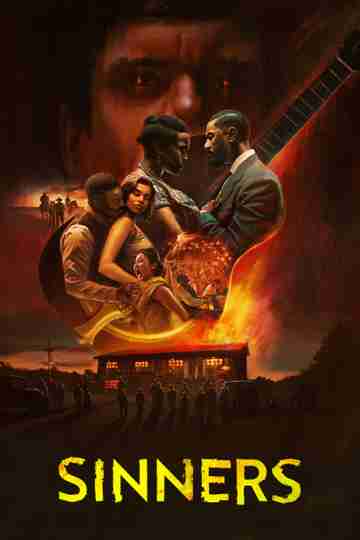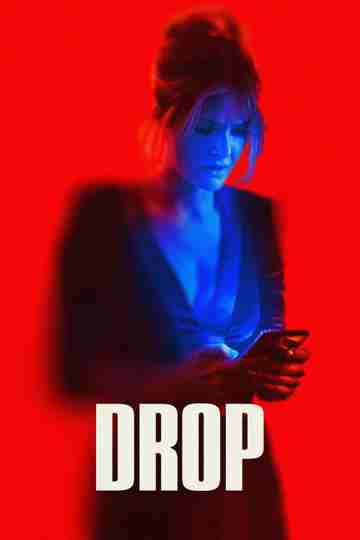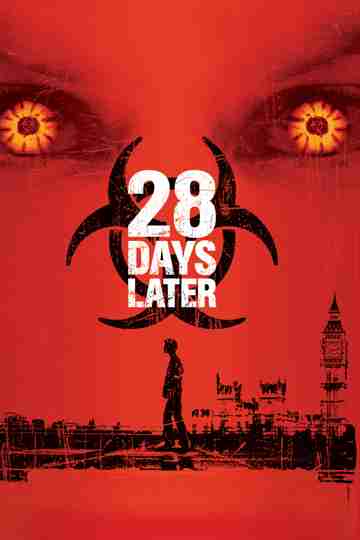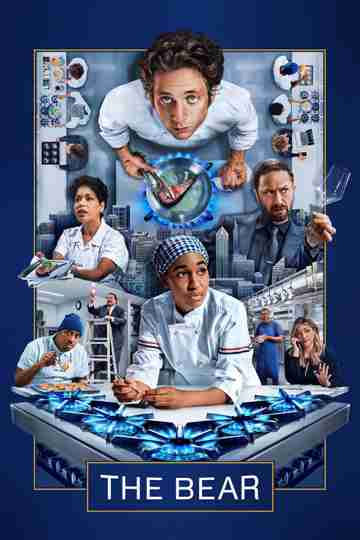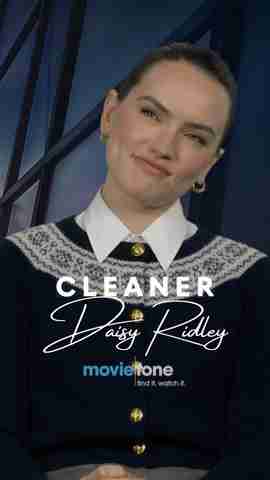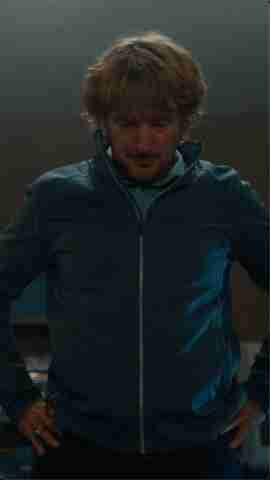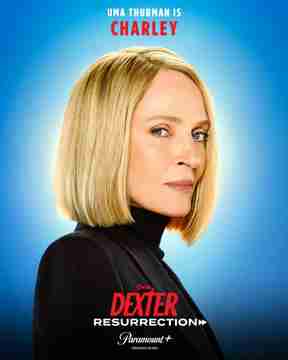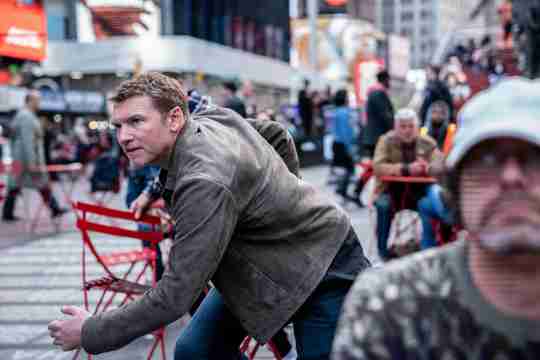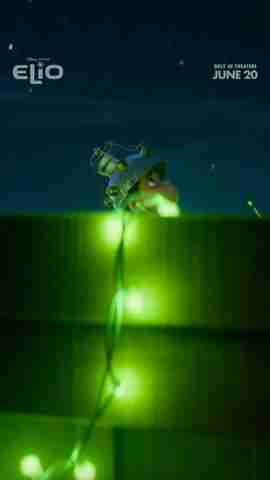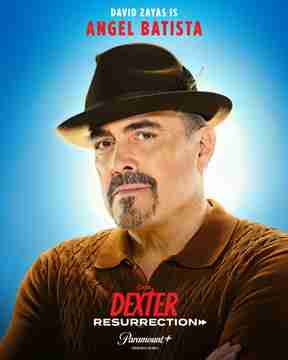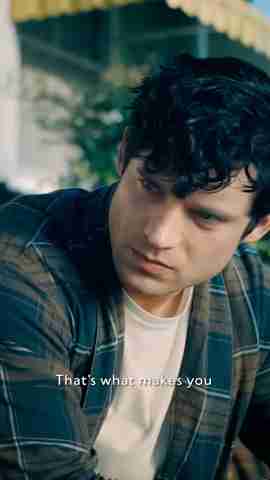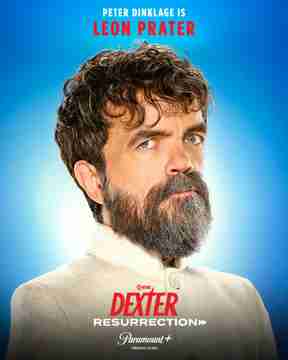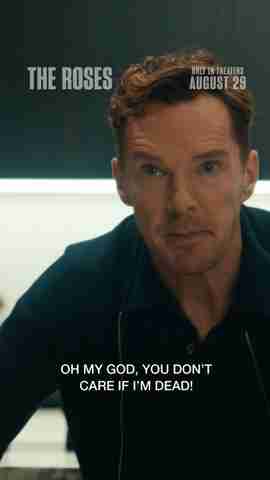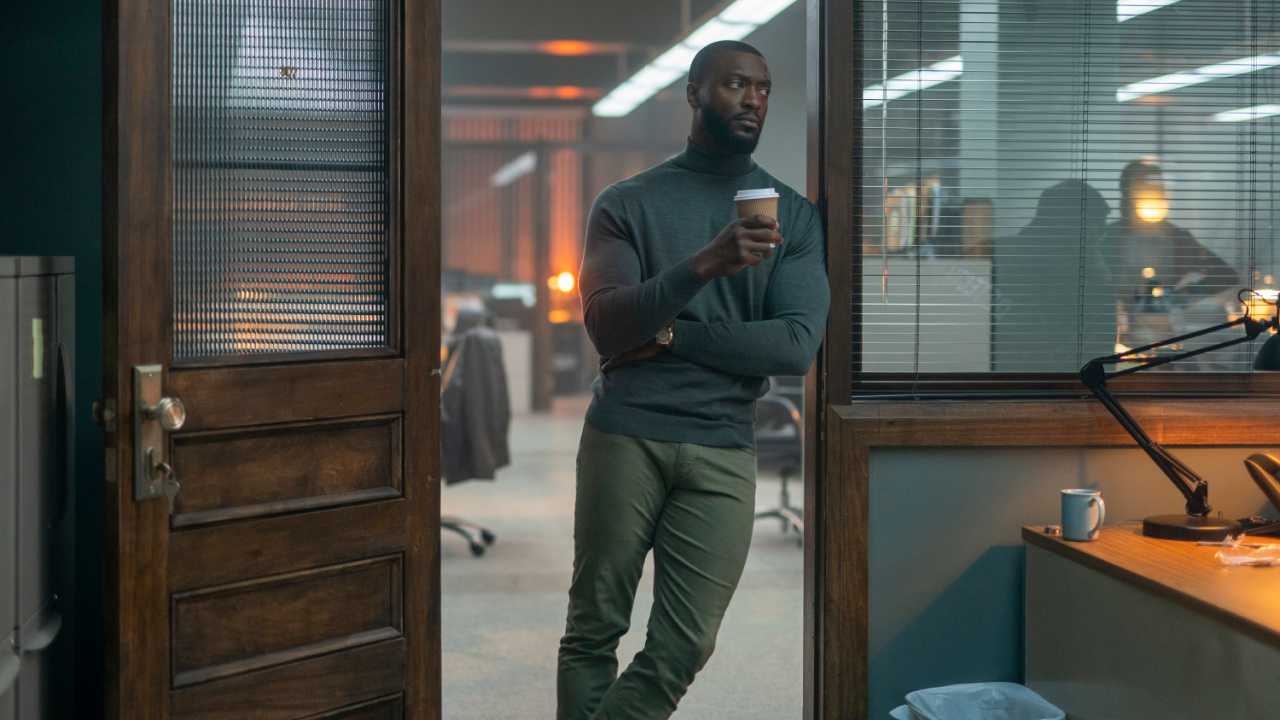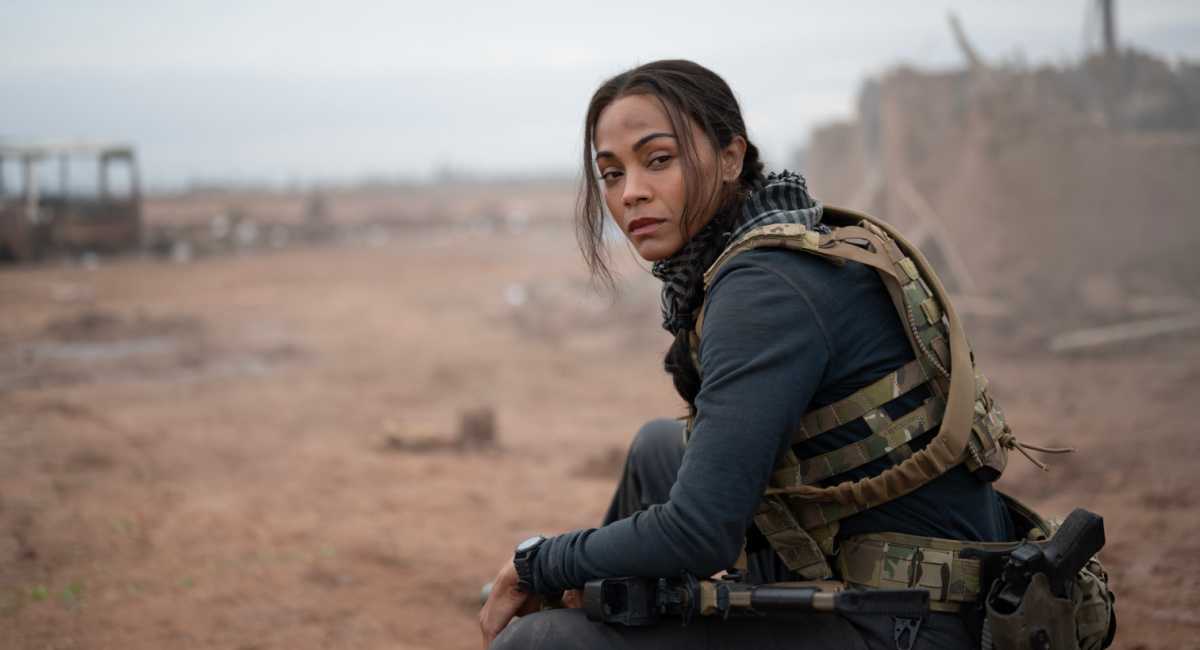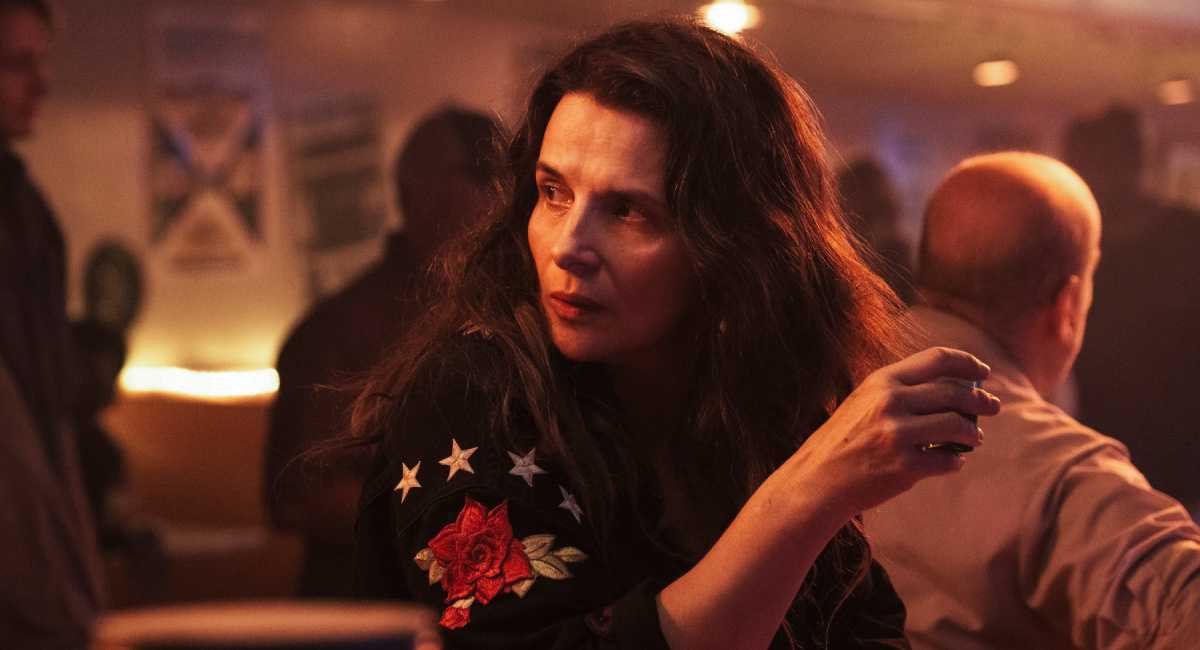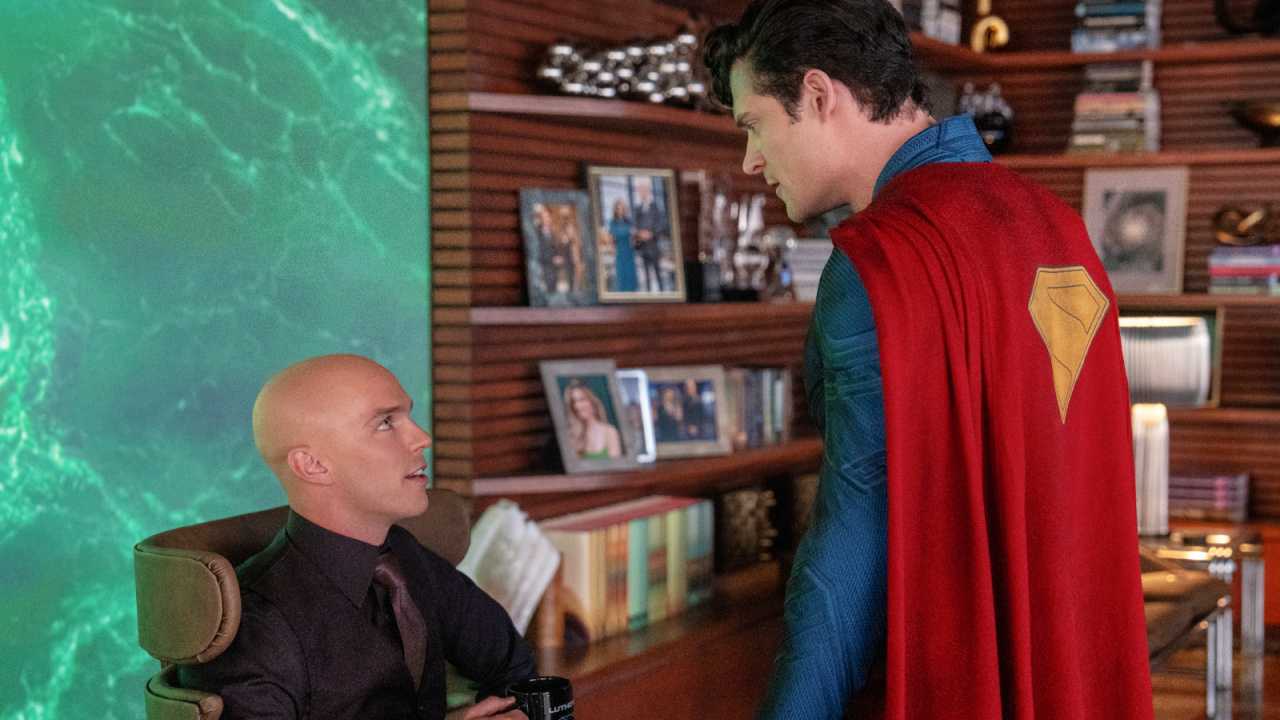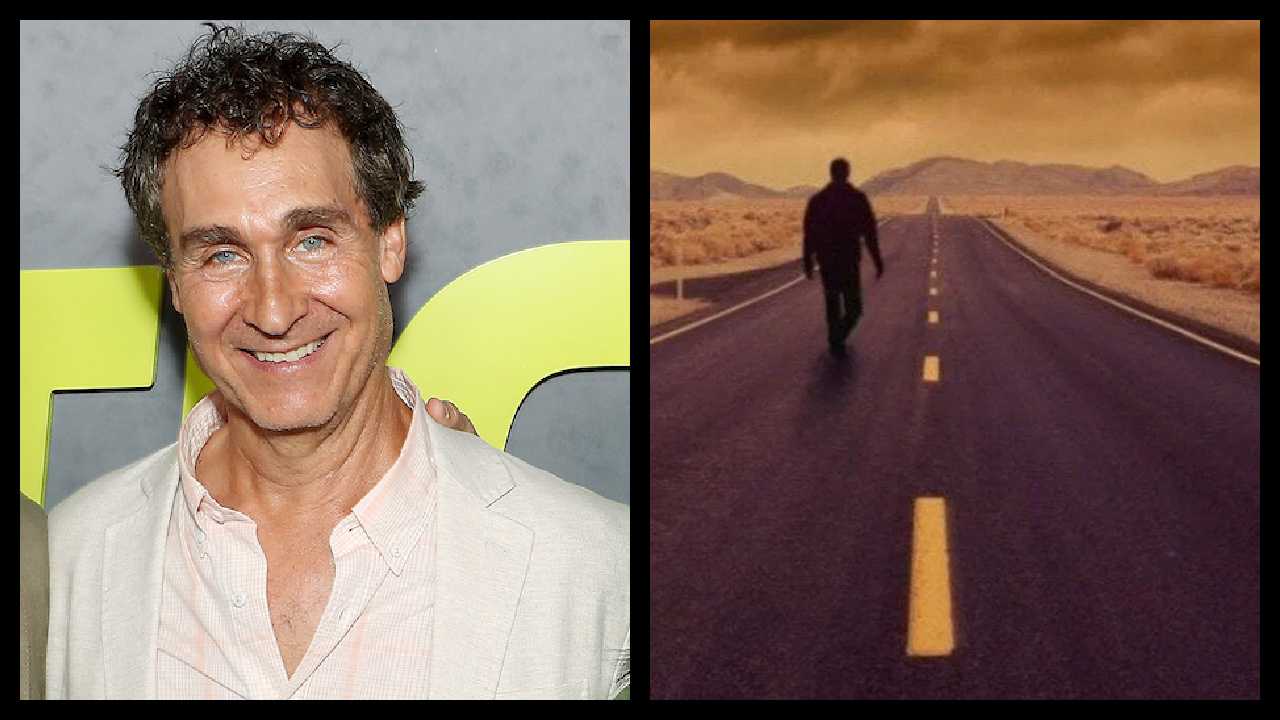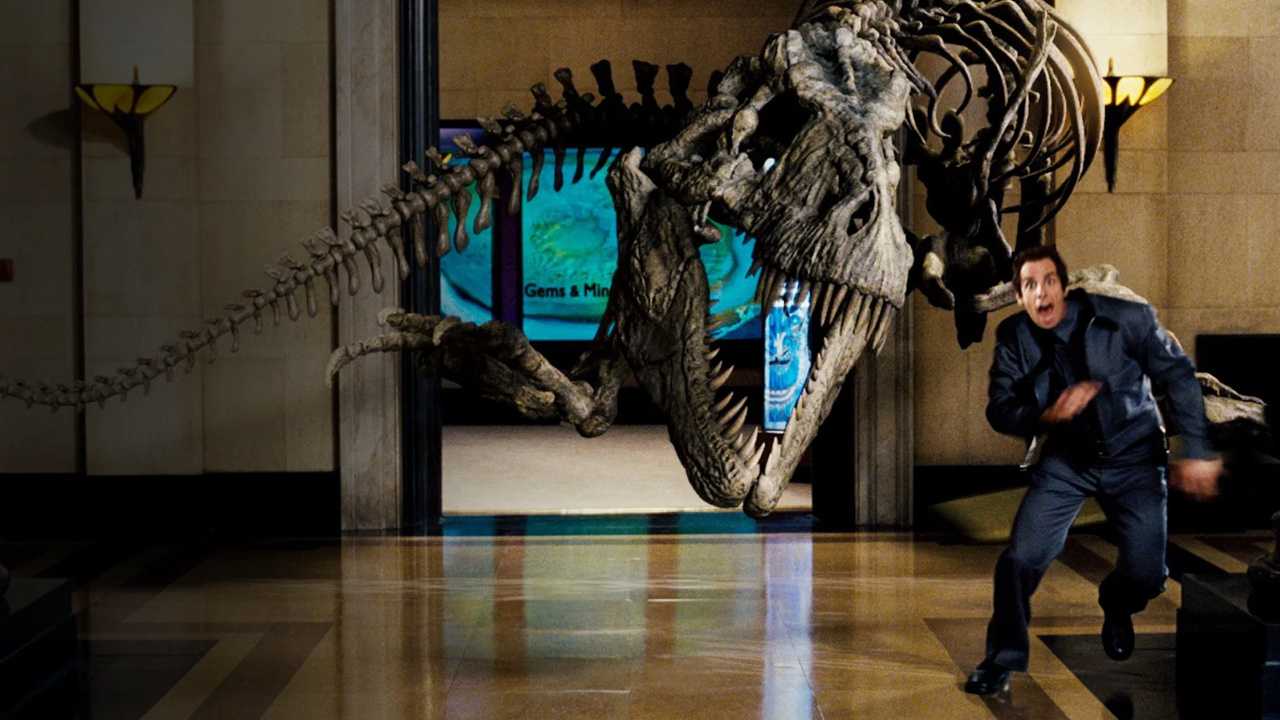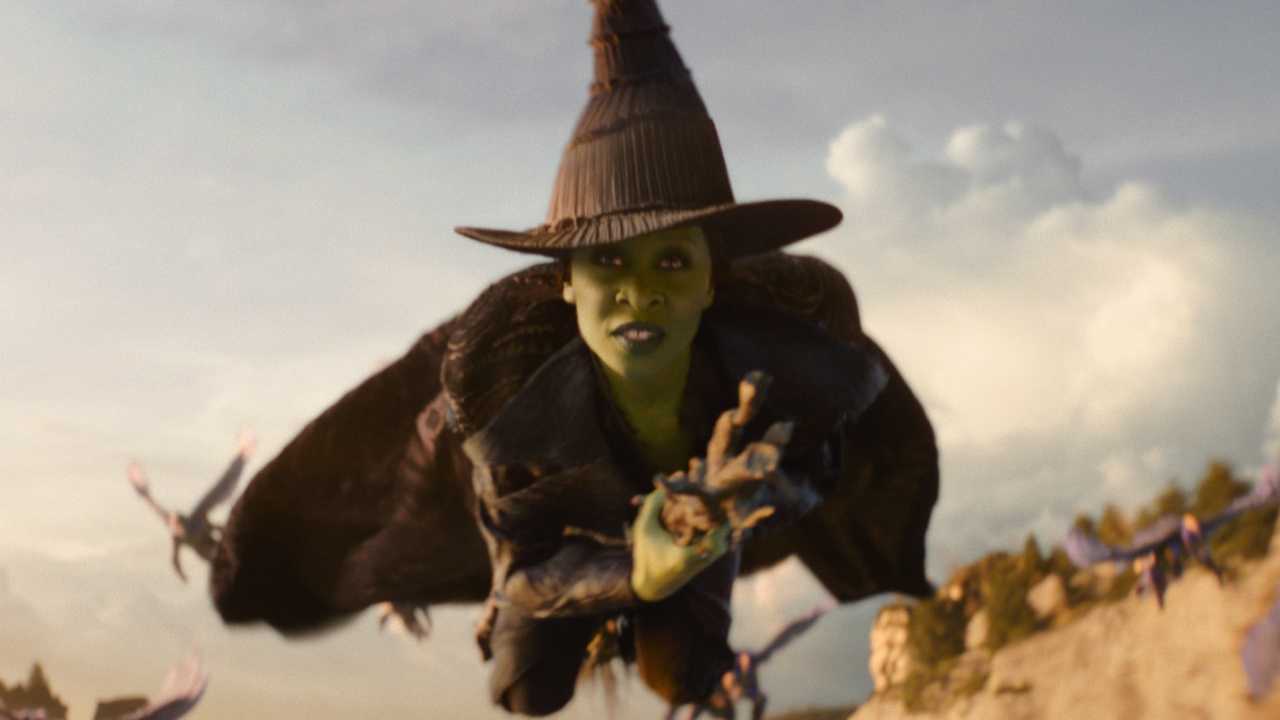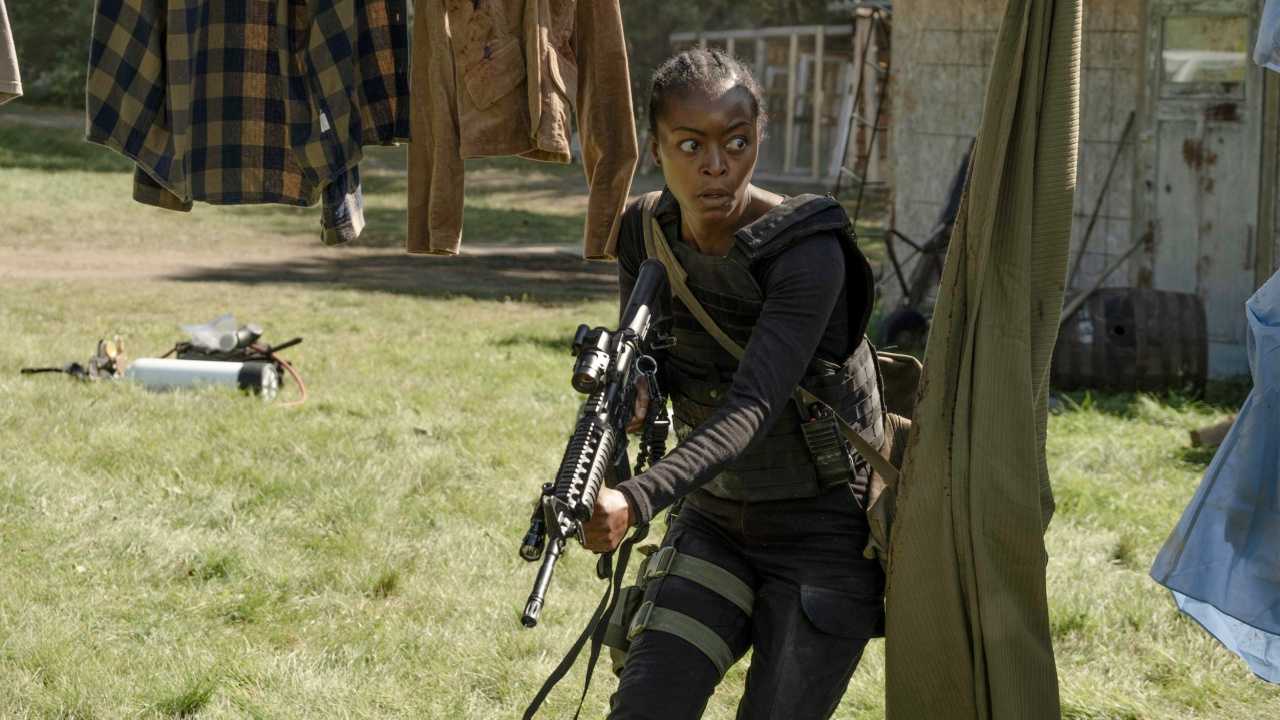'Seven': 20 Things You (Probably) Didn't Know About David Fincher's Classic
Two decades later, we're still totally creeped out by "Seven."
The seven-deadly-sins-inspired serial killer thriller, which opened 20 years ago this week (on September 22, 1995), helped put director David Fincher on the map and marked a career milestone for stars Brad Pitt, Morgan Freeman, and Kevin Spacey. What's more, from its jittery opening credits to its grim shocker of an ending, "Seven" has become a template for how to make a dark, suspenseful crime drama.
Despite its many imitators, however, "Seven" maintains its secrets, from who almost starred in it to how it accomplished its unsettling effects to the softened ending that was almost tacked on. Here are some of those secrets. (Warning: Spoilers follow, though, c'mon, the movie's 20 years old.)
1. "Seven" screenwriter Andrew Kevin Walker has a cameo. He's the corpse seen at the beginning of the movie.
2. Walker wrote the screenplay, his first, while living in New York City and working as a retail clerk at Tower Records. He has credited those dismal years with influencing the movie's bleak setting and tone.
3. Having moved to Los Angeles to become a screenwriter in earnest, Walker cold-called David Koepp, then best known as the screenwriter of "Bad Influence" and "Death Becomes Her." (Later, he'd be the blockbuster scribe of the first two "Jurassic Park" movies and "War of the Worlds.") Koepp liked the "Seven" script and helped Walker sell it to New Line Cinema. But the studio didn't like the head-in-a-box ending, a sequence that would be a point of contention throughout the production.
4. Fincher was then a music video director who'd recently made his feature debut with "Alien 3," and he found the process so miserable that he claimed he'd rather contract colon cancer than direct another film. But then he received Walker's screenplay and loved it. He didn't know that New Line had mistakenly sent him the original draft, the one with the severed-head ending.
5. Morgan Freeman was not the first choice to play William Somerset, the world-weary older detective. Walker had envisioned William Hurt as the character, whom he'd named after his favorite author, W. Somerset Maugham. The producers wanted Al Pacino, but he was committed to the film "City Hall."
6. Similarly, Brad Pitt was not the first choice to play Somerset's hot-tempered partner, David Mills. But Denzel Washington and Sylvester Stallone both turned down the role.
7. As serial killer John Doe, Kevin Spacey goes unmentioned in the opening credits. The actor's sudden appearance -- almost two-thirds into the film, not counting the mid-point chase -- came as a surprise to most viewers, as critics were generally good enough to keep that spoiler out of their reviews.
8. "Seven" was shot in Los Angeles, but to make the film's unnamed city look as gloomy as possible, the filmmakers generated a constant stream of fake rain.
9. Freeman called the set a "dark and unhealthy" place, and claimed Fincher developed a cough from the constant spray of water and mineral oil used to create the dank atmosphere.
10. Also adding to the gloom was the unusual way the film negative was processed, called bleach bypass. It involved leaving the silver in the film stock during development, creating a darker, grainier print.
11. Like Fincher, graphic designer Kyle Cooper was working on just his second film, after "Dead Presidents." His credits for that were based on tabletop shots of paper money on fire. Seeing the word "God" burn up on a bill gave Cooper the idea of using the pages of John Doe's notebooks to generate the opening credits for "Seven" (pictured).
12. Once he had the footage on film, Cooper scratched the negative with fish hooks and razor blades. The disturbing result became one of the most influential opening-credit sequences in modern film history, making Cooper the most sought-after opening credit designer since Saul Bass.
13. "Seven" is also one of the few films where the end credits crawl down instead of up.
14. Pitt and on-screen wife Gwyneth Paltrow fell in love for real during the shoot in early 1995.
15. Years later, Pitt claimed he had it written into his "Seven" contract that New Line keep in the final cut the head-in-a-box climax and Mills' vengeful shooting of John Doe. Audience testing, however, made New Line squeamish about the finale. The studio still thought the decapitation of Mills' pregnant wife too disturbing (couldn't it just be the head of Mills' dog, studio executives asked) and thought the character would be more heroic and likable if he refrained from shooting Doe. With the support of Pitt and Freeman, Fincher successfully argued in favor of the severed head and the shooting, but he mitigated the ending anyway. Initially, "Seven" was to end abruptly once Mills kills Doe. Instead, Fincher added the scene of the shocked Mills being taken away by his fellow cops, as well as Freeman's final, partially reassuring voiceover.
16. John Doe's books -- his handwritten journals documenting his street-level perceptions of humanity -- were handwritten. They took two months to finish writing, and cost a rumored $15,000
17. Ever wonder why Mills wears a cast for the back half of the film? While filming the scene where he chases John Doe in the rain, Pitt fell and his arm went through a car windshield, requiring surgery. They worked the accident into the script.
18. Brad Pitt reportedly earned $7 million for the film.
19. "Seven" cost a reported $33 million to make. It earned $100 million in North America, where it topped the box office chart for four straight weeks. Overseas, it earned an additional $227 million.
20. Three months after its initial release, New Line put "Seven" back into theaters in New York and Los Angeles at Christmastime in hopes of earning Oscar nominations for the filmmakers and stars. But the film's only Academy Award nomination came for Richard Francis-Bruce's editing.

